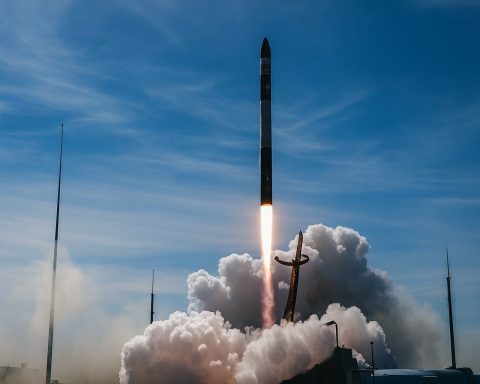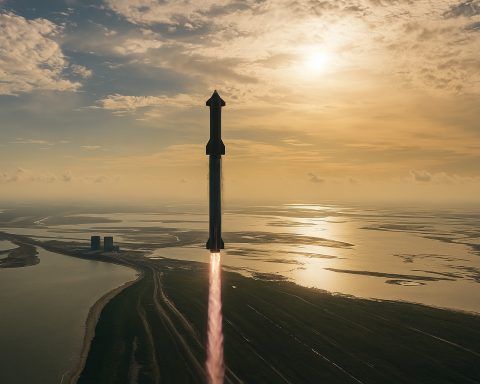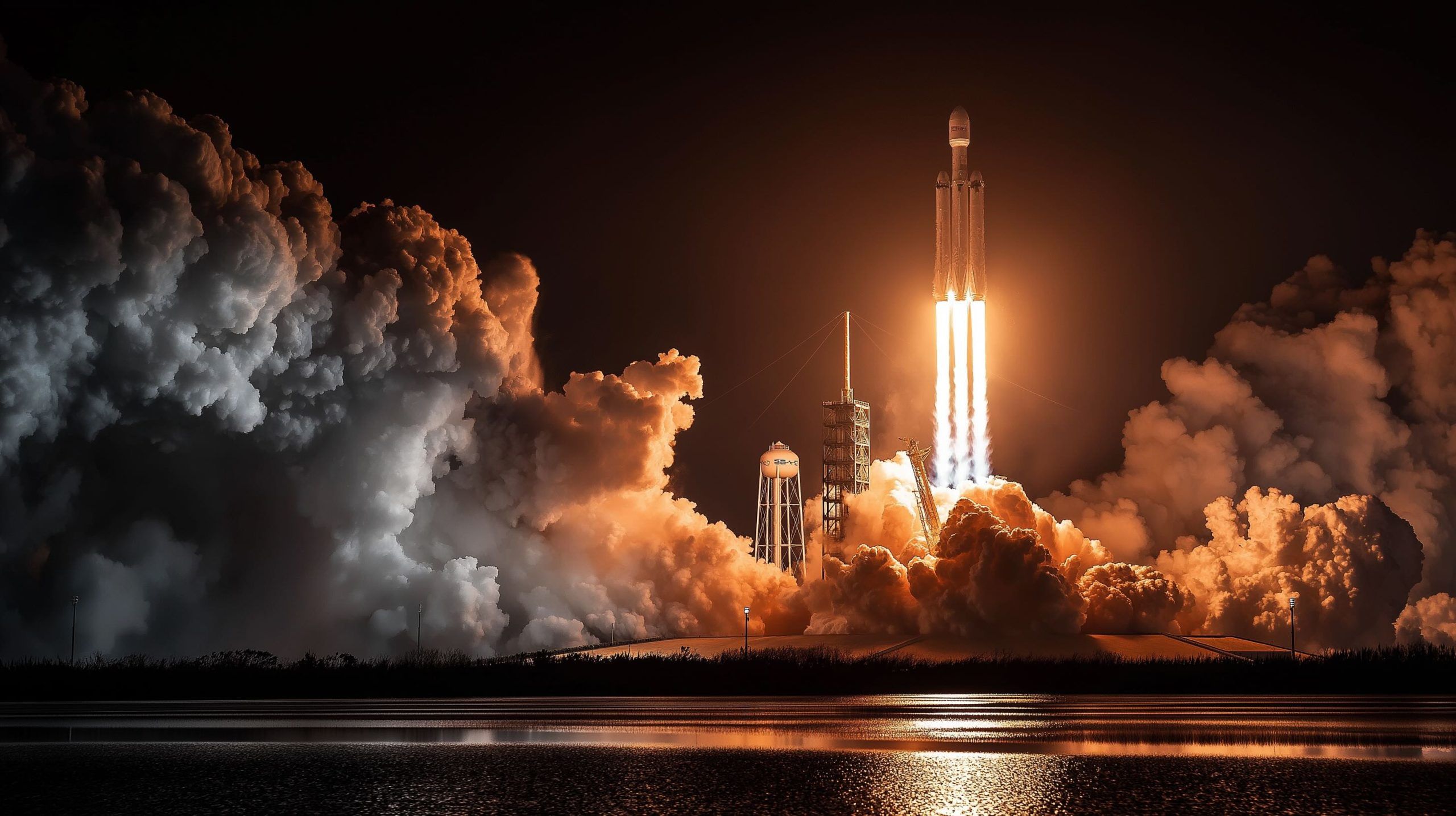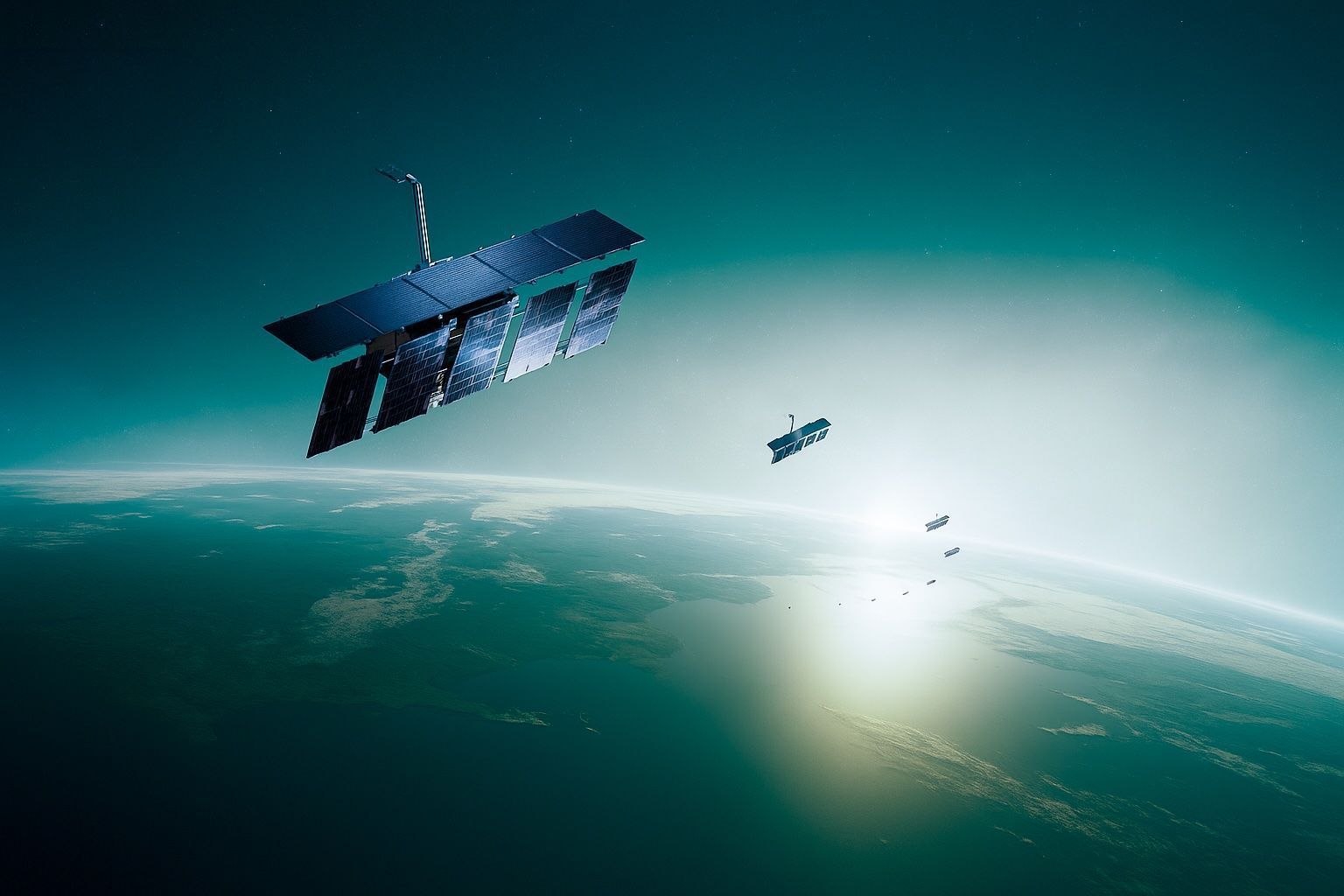
Space & Satellite Tech Stocks Week Ahead: Rocket Lab’s $816M Space Force Win, AST SpaceMobile’s BlueBird 6 Launch, and EchoStar’s Spectrum Spotlight
Holiday-shortened trading weeks can be deceptively eventful for space and satellite tech stocks: lower liquidity tends to amplify moves, while “hard” catalysts like contract awards, launch milestones, and regulatory headlines still land on the tape. Heading into the week of









